The sets at Albany, as it was known during most of the regency, were the homes of many distinguished men, including its architect Henry Holland, the poet Lord Byron, Edward Bulwer-Lytton, the author of the phrase 'It was a dark and stormy night,' Henry Brougham, and George Canning, who became Prime Minister in 1827. Among the more modern residents, when women (perish the thought) were finally allowed, were author Georgette Heyer, Anthony Armstrong Jones, and actor Bill Nighy.
When the Melbournes exchanged houses with the Duke of York in 1792, they moved from Piccadilly to York House in Whitehall, newly named Melbourne House and today known as Dover House. It is now the Scotland office right next to Horse Guards.
Lady Melbourne was a leader of London's highest social set in the late 18th Century, politically influential, a friend and mistress of the rich and famous. She was a close confidante of Georgiana, Duchess of Devonshire.
Here is the famous triple portrait of Lady Melbourne, Georgiana, and Anne Damer, Witches Round the Cauldron, the three witches in Macbeth painted in 1775 by Daniel Gardner, a commentary on their influence at court and in political circles in the late 18th century.

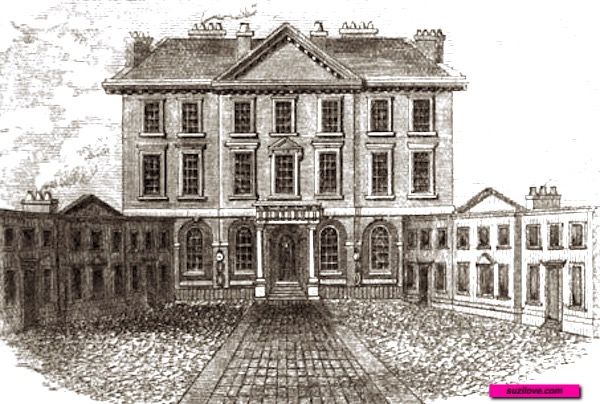
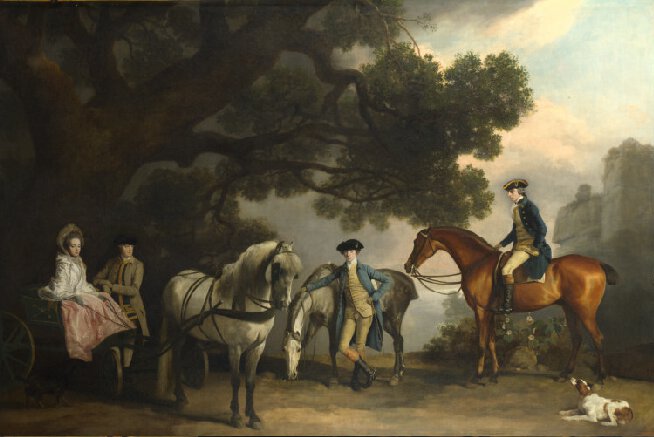
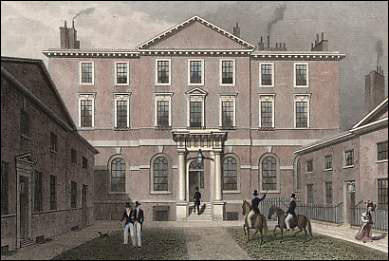
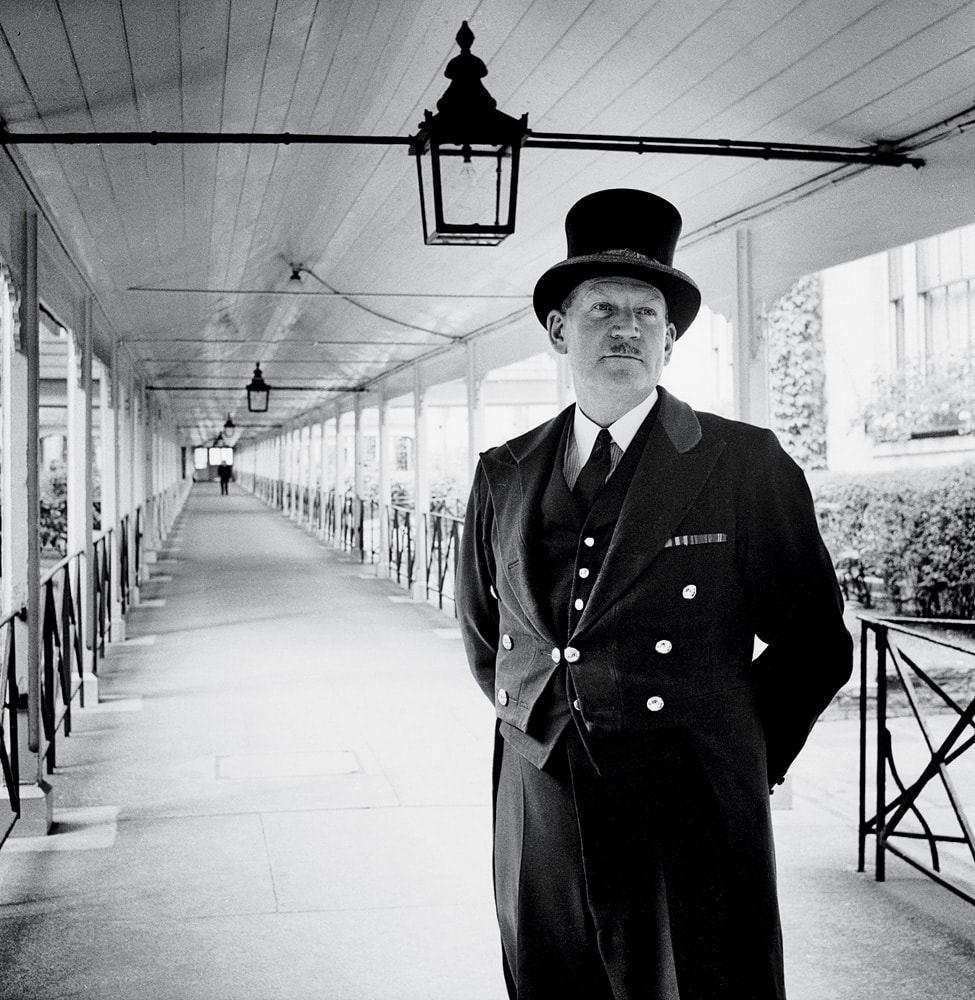
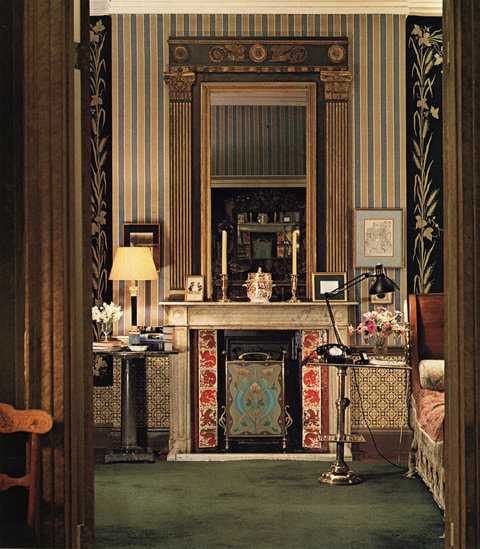
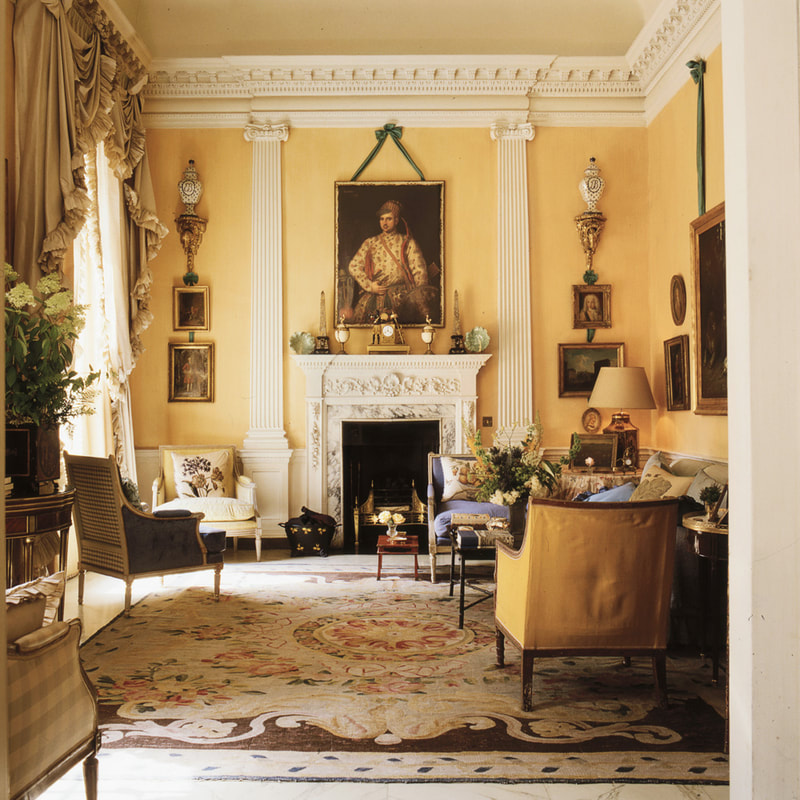
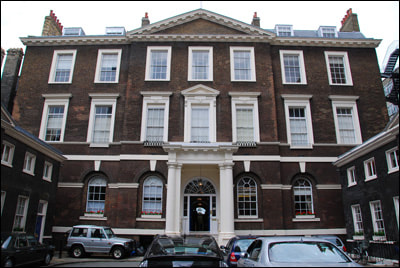
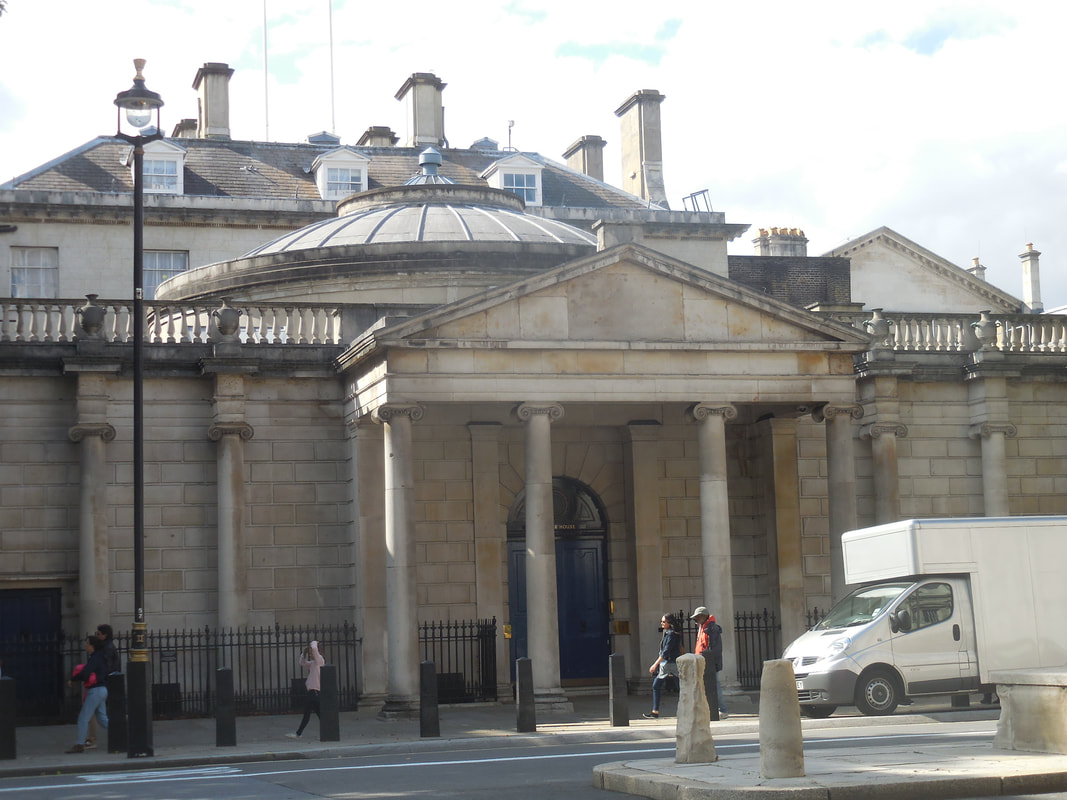
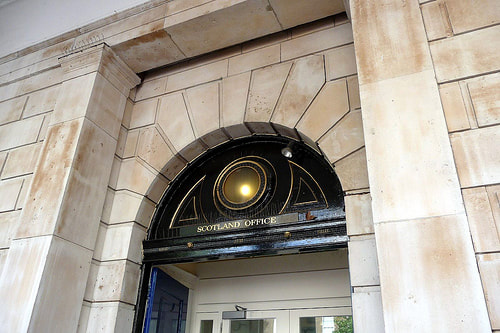

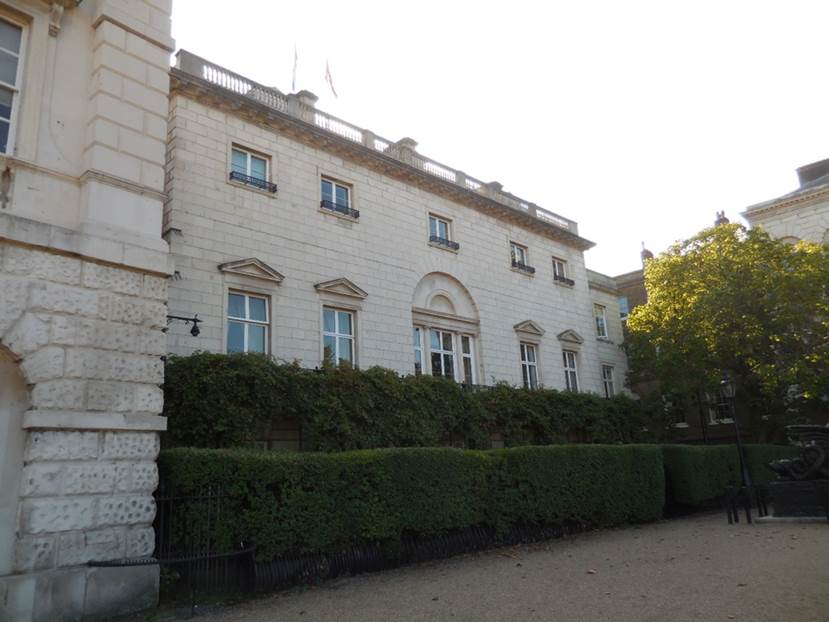
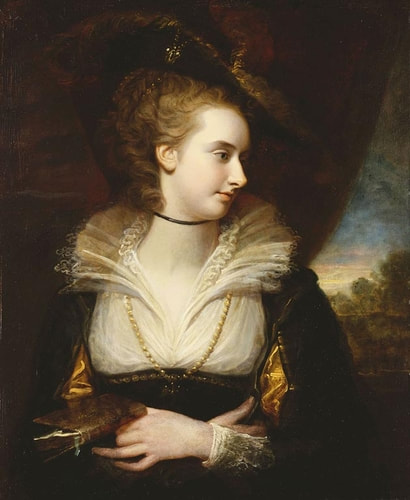
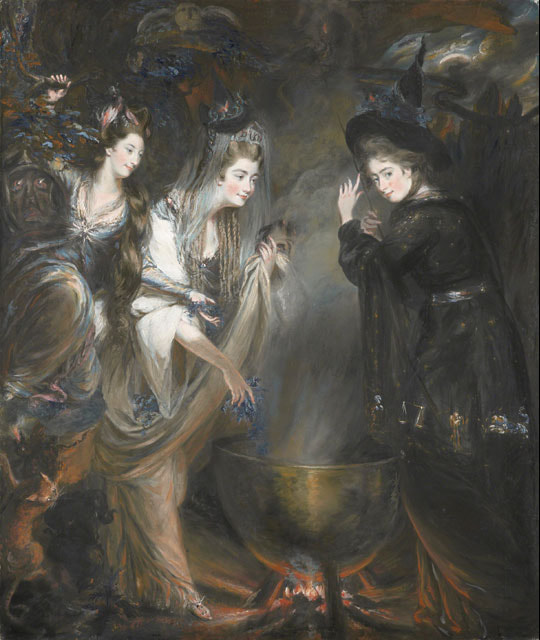
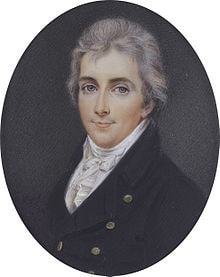
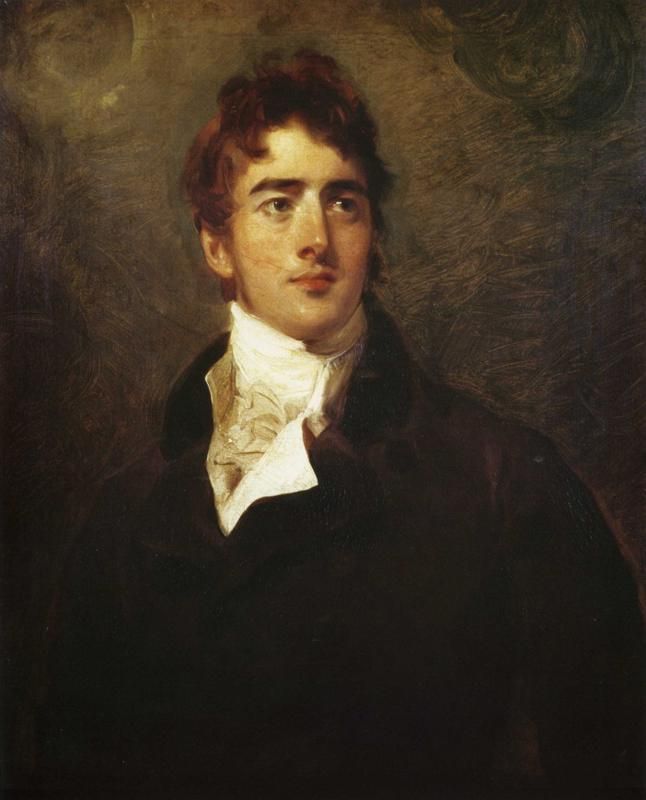
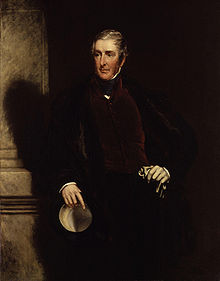
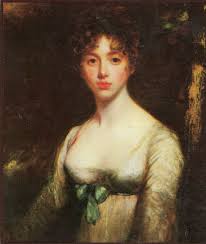
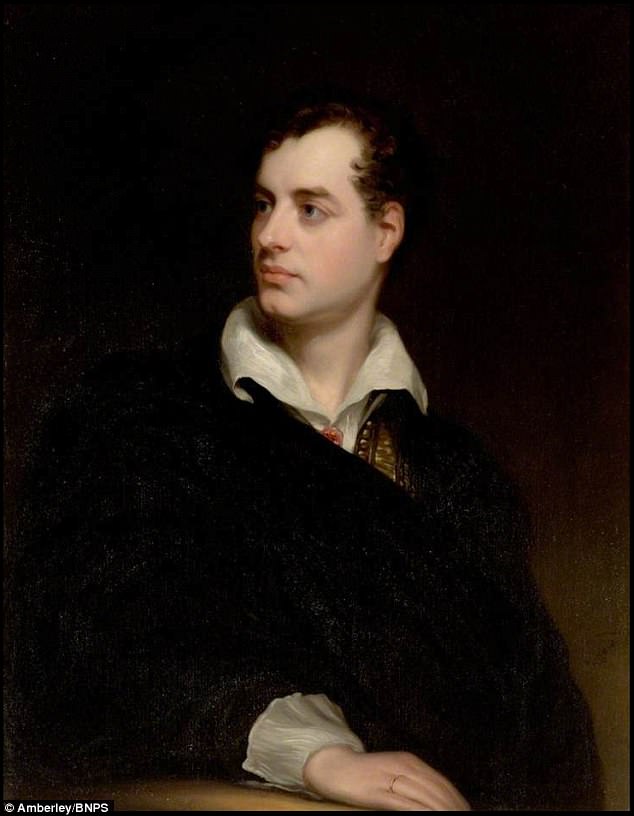

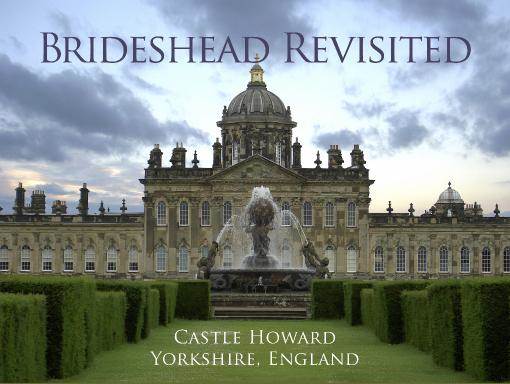
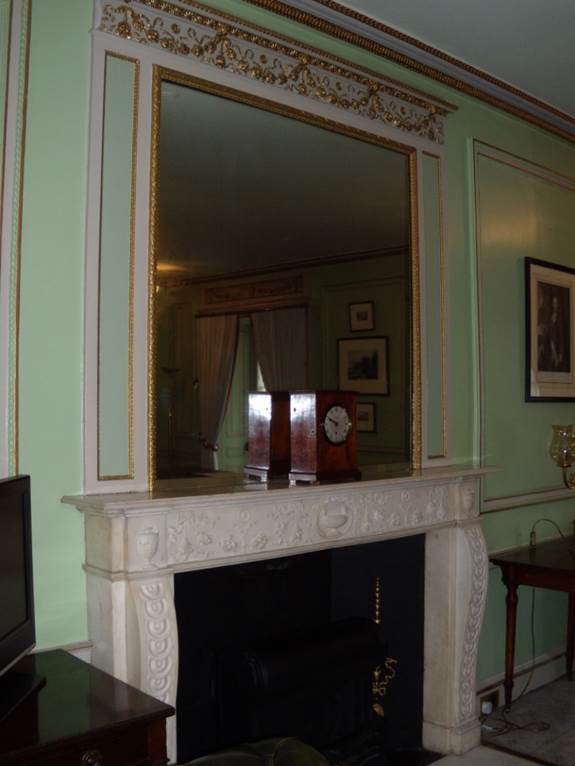
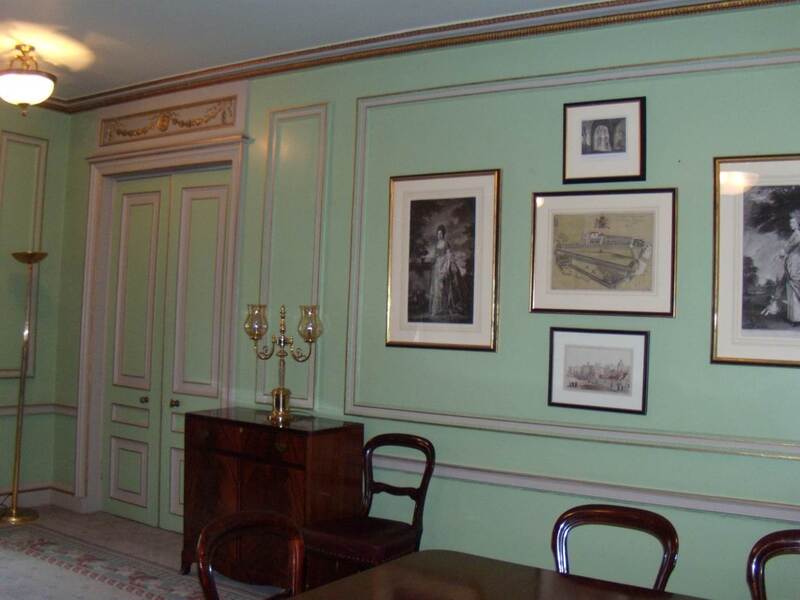
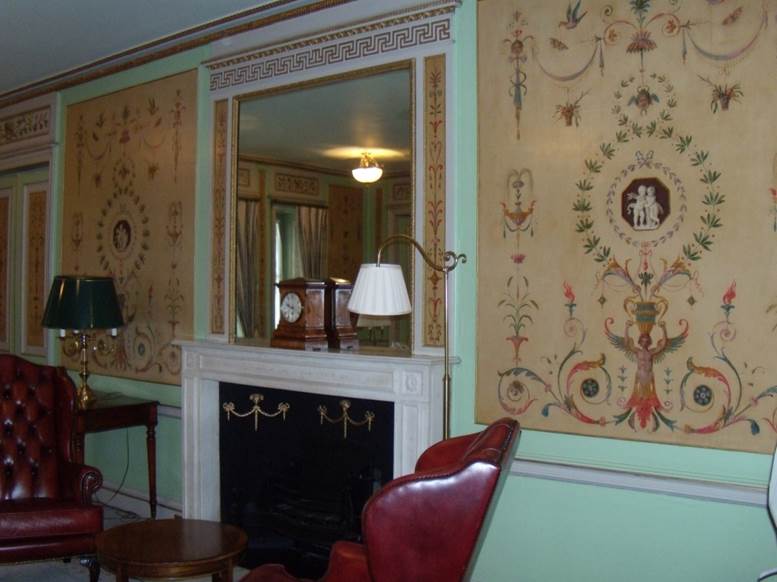
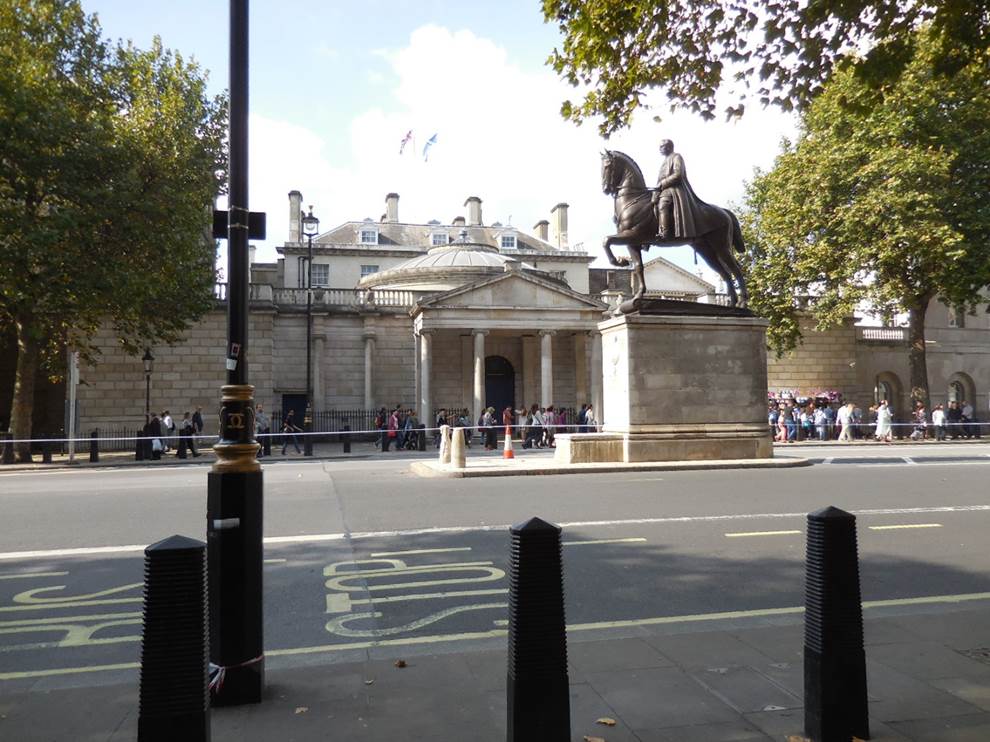
 RSS Feed
RSS Feed